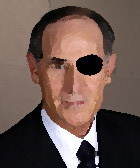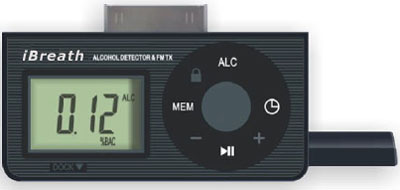… and living to tell the tale. Fascinating piece by the New York Times Business Travel correspondent, Joe Sharkey.
SÃO JOSE DOS CAMPOS, Brazil, Oct. 1 — It had been an uneventful, comfortable flight.
With the window shade drawn, I was relaxing in my leather seat aboard a $25 million corporate jet that was flying 37,000 feet above the vast Amazon rainforest. The 7 of us on board the 13-passenger jet were keeping to ourselves.
Without warning, I felt a terrific jolt and heard a loud bang, followed by an eerie silence, save for the hum of the engines.
And then the three words I will never forget. “We’ve been hit,” said Henry Yandle, a fellow passenger standing in the aisle near the cockpit of the Embraer Legacy 600 jet.
“Hit? By what?” I wondered. I lifted the shade. The sky was clear; the sun low in the sky. The rainforest went on forever. But there, at the end of the wing, was a jagged ridge, perhaps a foot high, where the five-foot-tall winglet was supposed to be.
And so began the most harrowing 30 minutes of my life. I would be told time and again in the next few days that nobody ever survives a midair collision. I was lucky to be alive — and only later would I learn that the 155 people aboard the Boeing 737 on a domestic flight that seems to have clipped us were not.
Investigators are still trying to sort out what happened, and how — our smaller jet managed to stay aloft while a 737 that is longer, wider and more than three times as heavy, fell from the sky nose first.
But at 3:59 last Friday afternoon, all I could see, all I knew, was that part of the wing was gone. And it was clear that the situation was worsening in a hurry. The leading edge of the wing was losing rivets, and starting to peel back.
Amazingly, no one panicked. The pilots calmly starting scanning their controls and maps for signs of a nearby airport, or, out their window, a place to come down…



